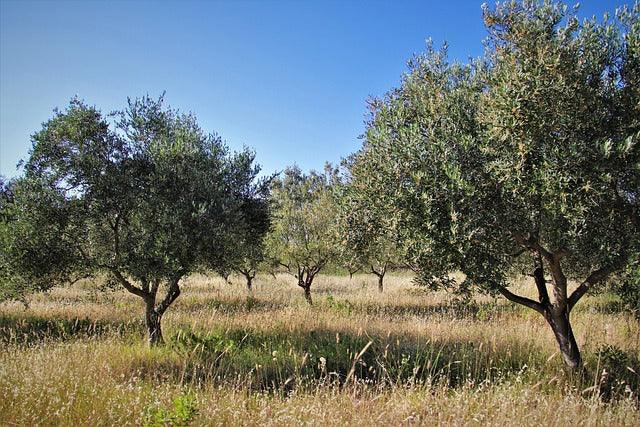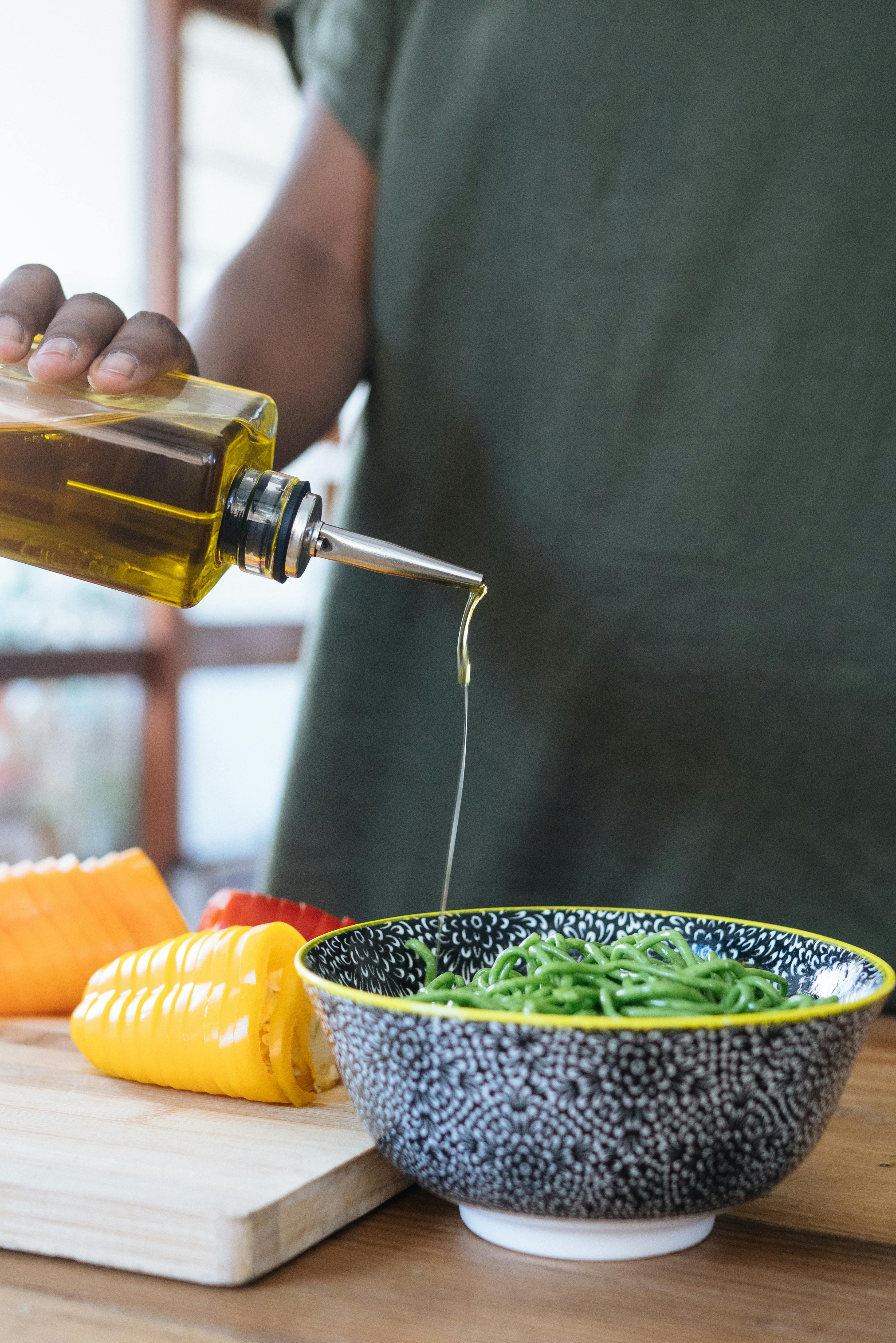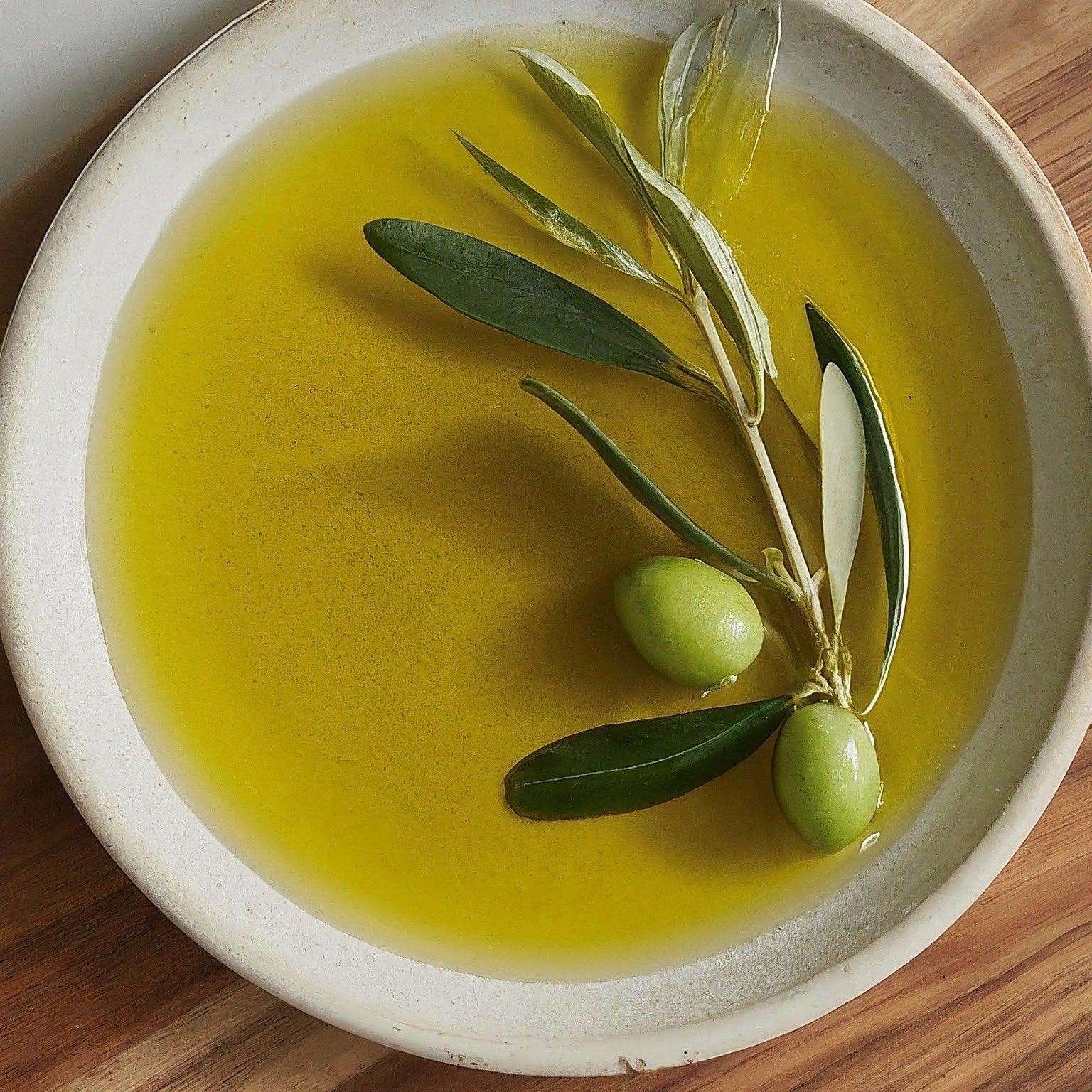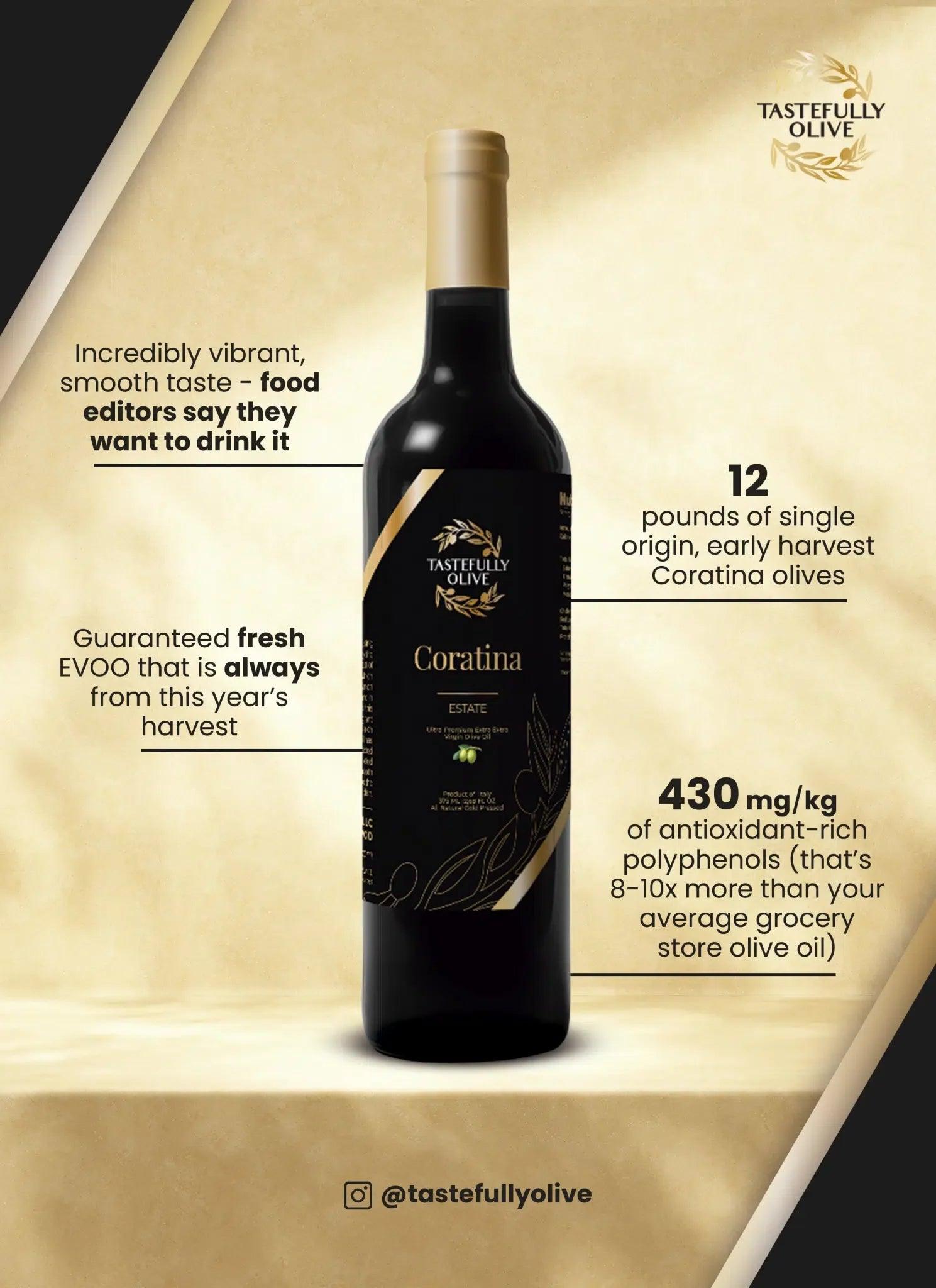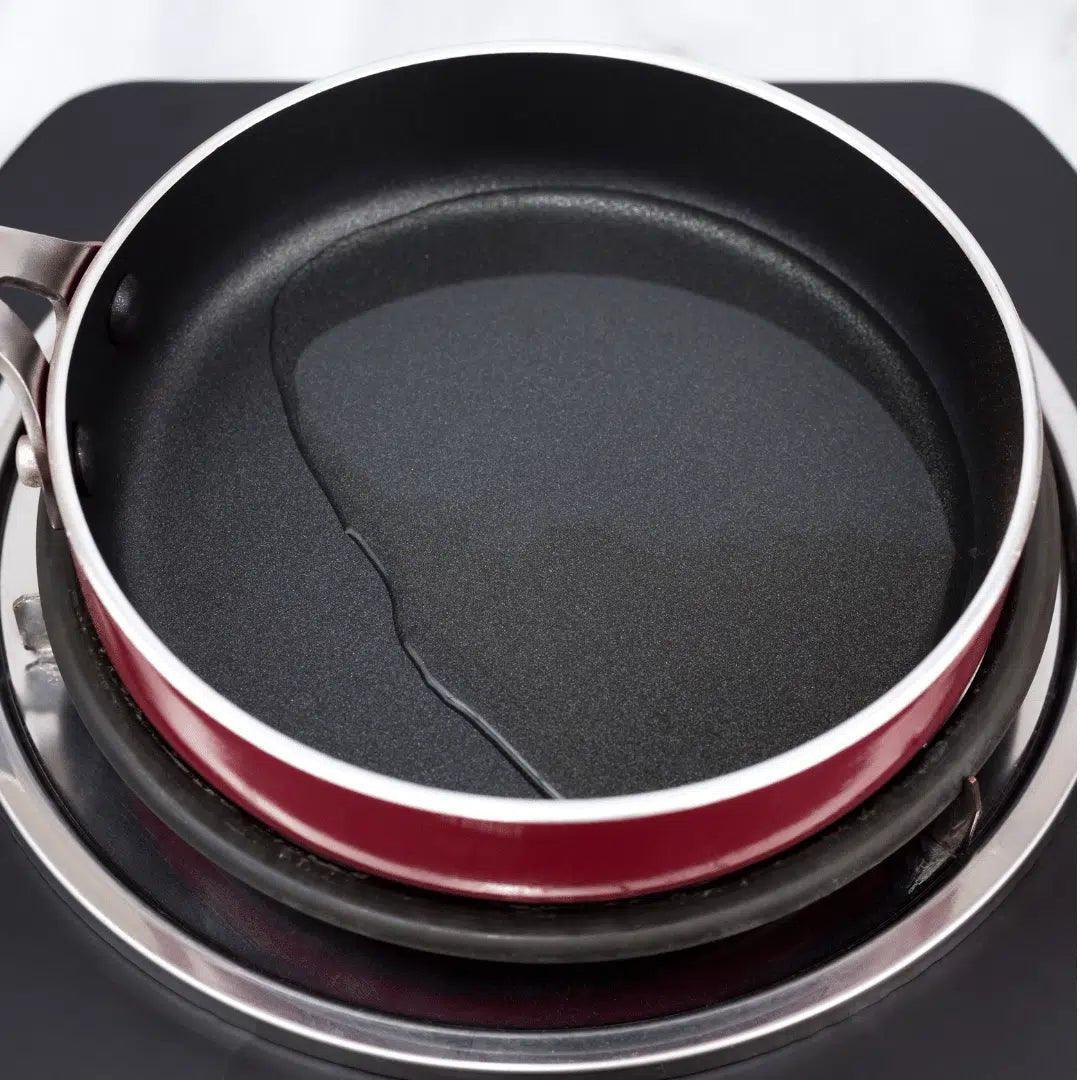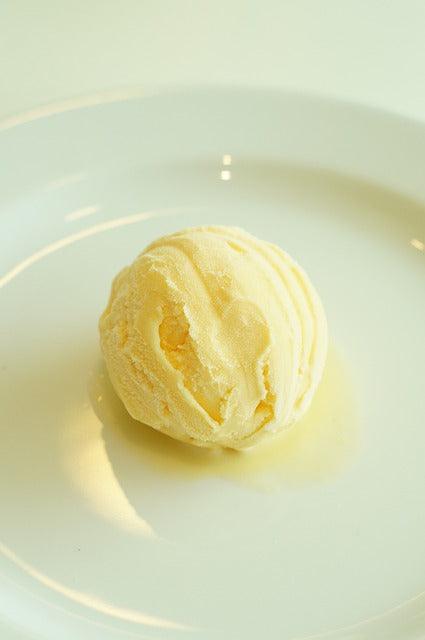Truffle oil is a beloved ingredient in gourmet kitchens, known for its ability to elevate dishes with its rich, earthy aroma. However, not all truffle oils are created equal. The market is flooded with cheap truffle oils that often come with a hidden secret: they are made using synthetic petrol oils. In this blog, we’ll uncover the truth about these low-cost alternatives and why you should think twice before adding them to your shopping cart.
What Are Synthetic Petrol Oils?
Synthetic petrol oils are man-made compounds derived from petroleum. In the case of truffle oil, these synthetic compounds are used to mimic the aroma and flavor of real truffles. While this might sound like a clever way to bring gourmet flavors to the masses, the reality is quite different.
The Hidden Dangers
1. Lack of Authenticity: Real truffle oil is made by infusing high-quality olive oil with actual truffles. Synthetic truffle oils, on the other hand, use artificial flavors and chemicals to replicate the taste. This means you’re not getting the true essence of truffles, but rather a chemical imitation.
2. Health Concerns: Consuming synthetic petrol oils can pose health risks. These artificial ingredients may contain harmful additives and preservatives that can have adverse effects on your health over time. It’s always better to choose natural, organic products when possible.
3. Flavor and Aroma: One of the most significant differences between real and synthetic truffle oil is the flavor and aroma. Real truffle oil has a complex, multi-layered scent and taste that synthetic versions simply can’t match. You’ll notice a stark contrast in the depth and richness of dishes prepared with real truffle oil compared to their synthetic counterparts.
How to Identify Real Truffle Oil
1. Check the Ingredients: Always read the label. Authentic truffle oil will list olive oil and real truffles (such as Tuber melanosporum or Tuber magnatum) in its ingredients. If you see terms like “truffle aroma” or “flavor,” it’s likely a synthetic product.
2. Price Point: Real truffle oil is expensive. If the price seems too good to be true, it probably is. Genuine truffle oil reflects the rarity and cost of the truffles themselves.
3. Color and Sediment: Authentic truffle oil often has a light, golden color and may contain tiny pieces of truffle sediment. Synthetic oils are usually clear and free of any truffle particles.
Making an Informed Choice
When it comes to truffle oil, quality matters. While the allure of cheap truffle oil can be tempting, the benefits of using real truffle oil far outweigh the cost savings of synthetic alternatives. By choosing authentic truffle oil, you’re not only enhancing your culinary creations with genuine flavors but also protecting your health and supporting sustainable practices.
In conclusion, always be vigilant when purchasing truffle oil. Look for reputable brands, read labels carefully, and be willing to invest in quality. Your taste buds and your body will thank you.
Final Thoughts
Understanding the differences between real and synthetic truffle oil can make a significant impact on your cooking and health. Stay informed, choose wisely, and enjoy the rich, authentic flavors that real truffle oil brings to your kitchen.
Feel free to share your thoughts and experiences with truffle oil in the comments below. Have you ever tried real truffle oil? How did it compare to the synthetic versions? Let’s start a conversation!
By being aware of what you’re buying and choosing authentic products, you’re making a statement about the quality and integrity of the food you prepare and consume. Happy cooking!
To learn more about the rich history and benefits of olive oil, check out these additional resources:
- Health Benefits of Olive Oil
- The Mediterranean Diet Guide
External Links:
- Harvard T.H. Chan School of Public Health: The Nutrition Source
- Healthline: 11 Proven Benefits of Olive Oil
These links provide valuable information and insights that can enhance your understanding and appreciation of olive oil's historical and contemporary significance.


